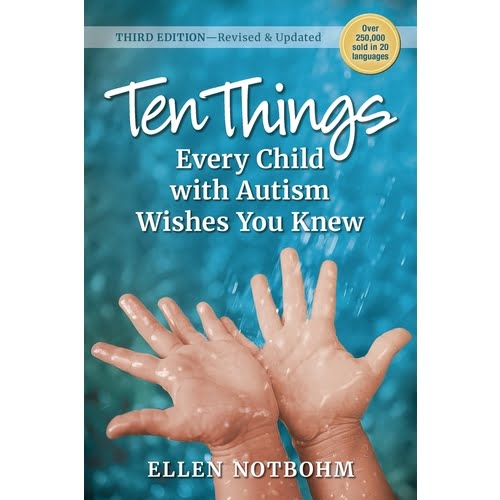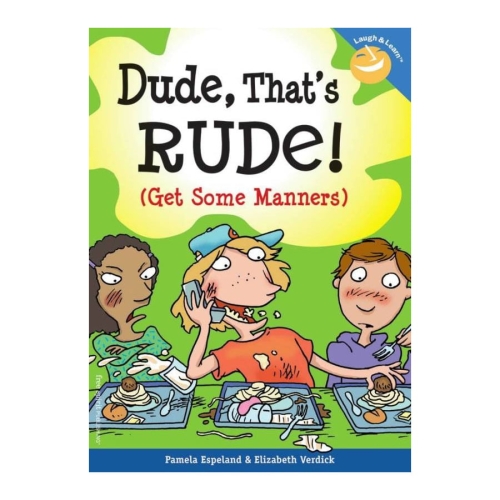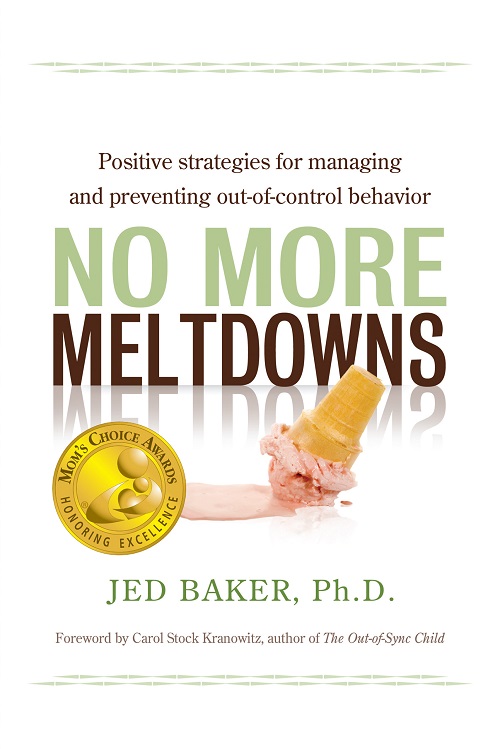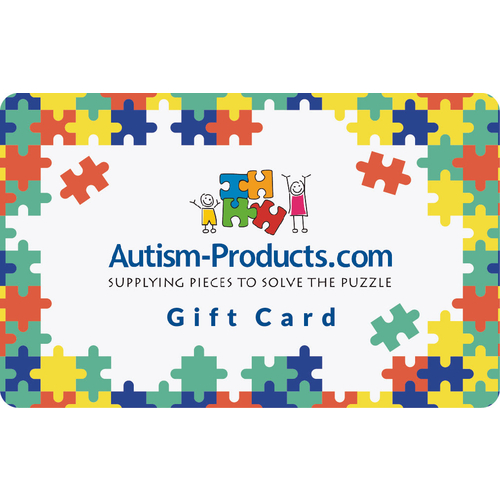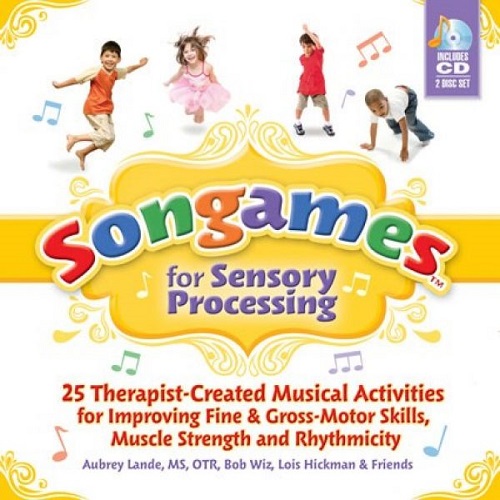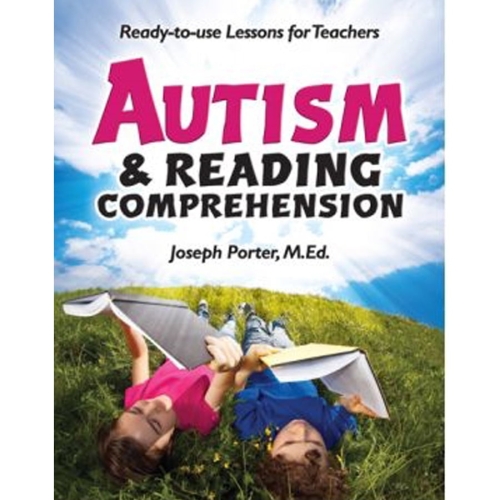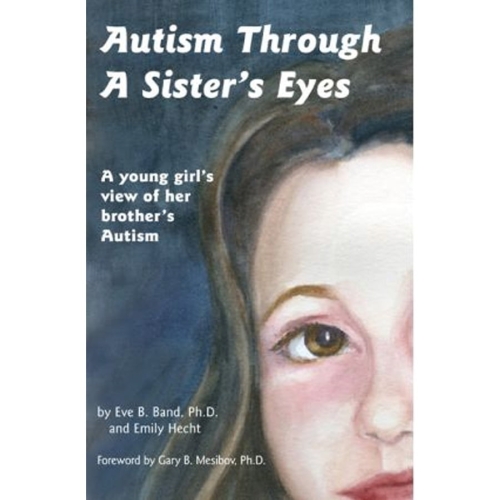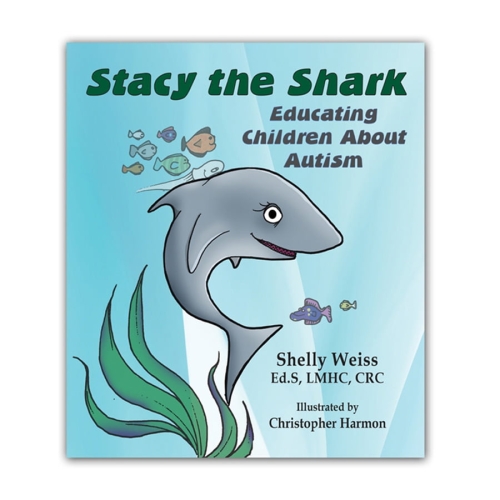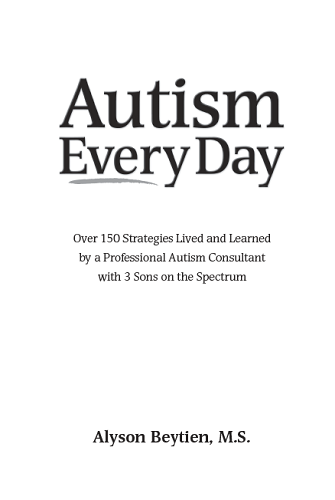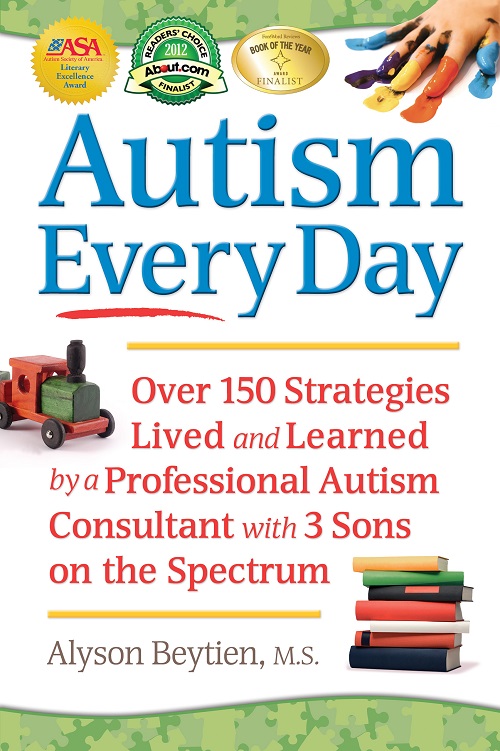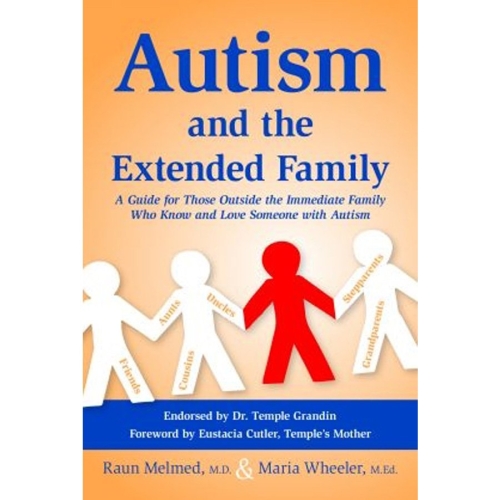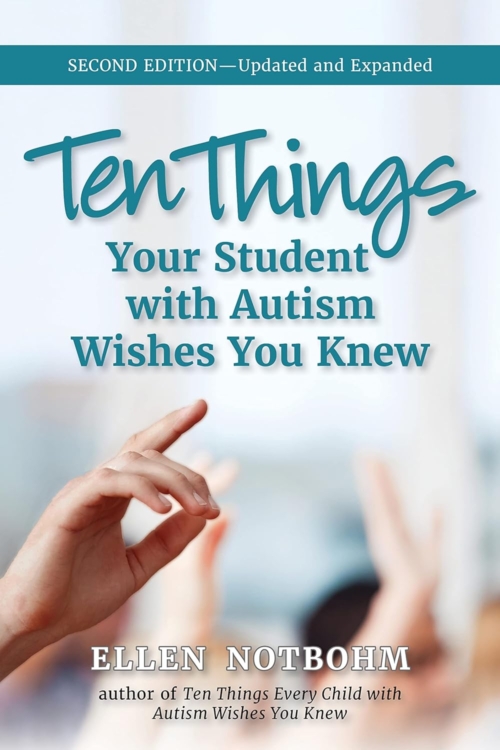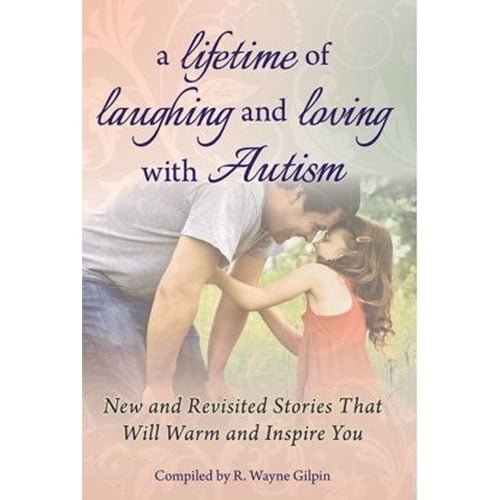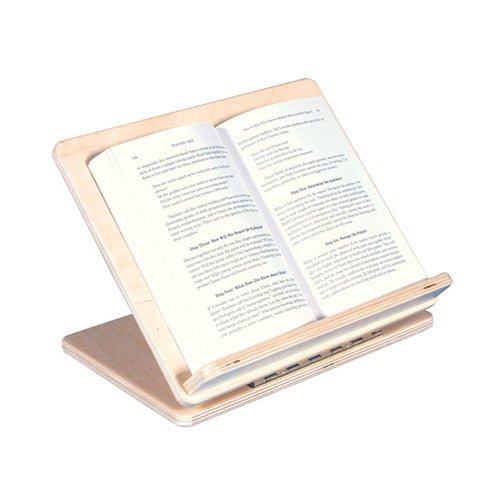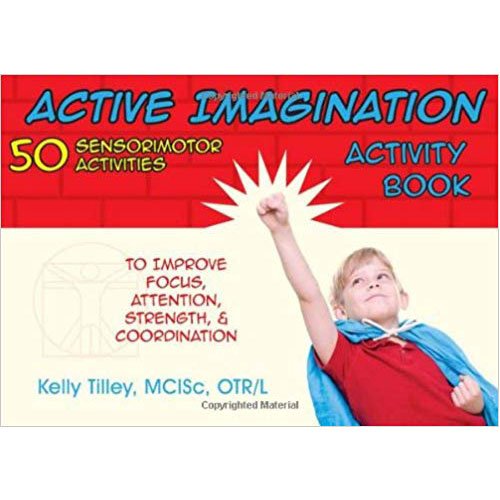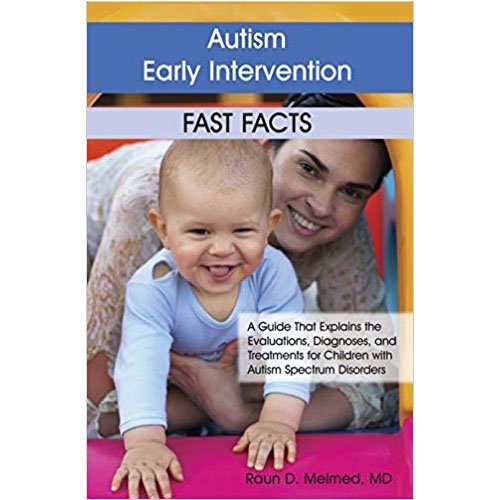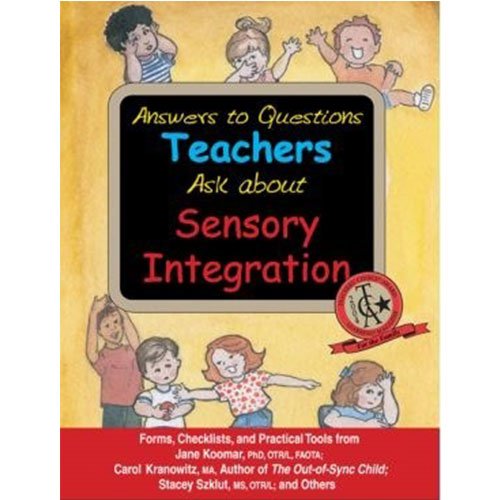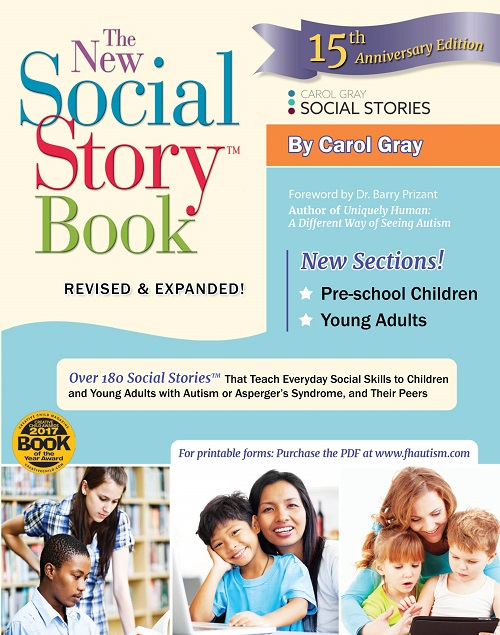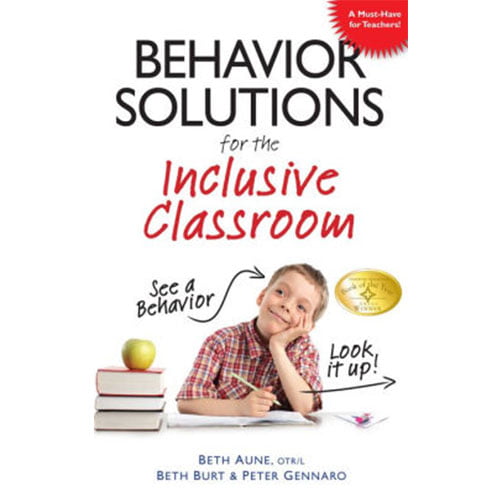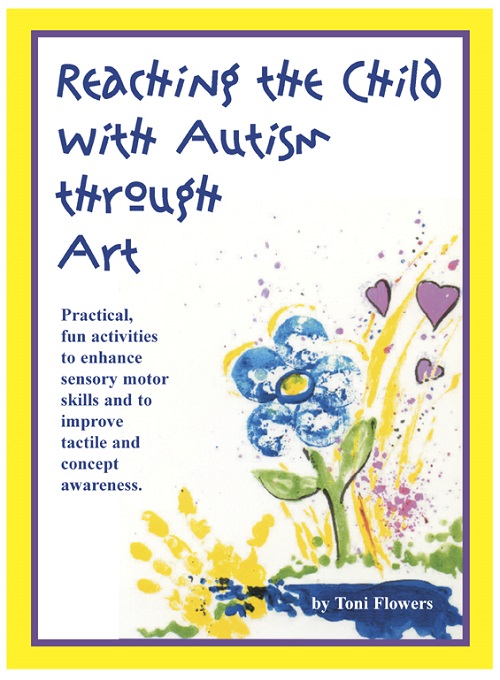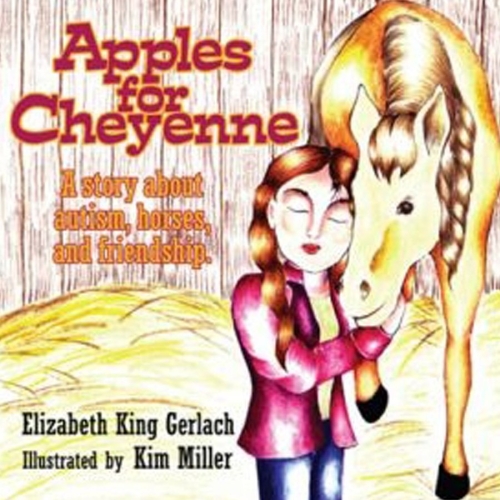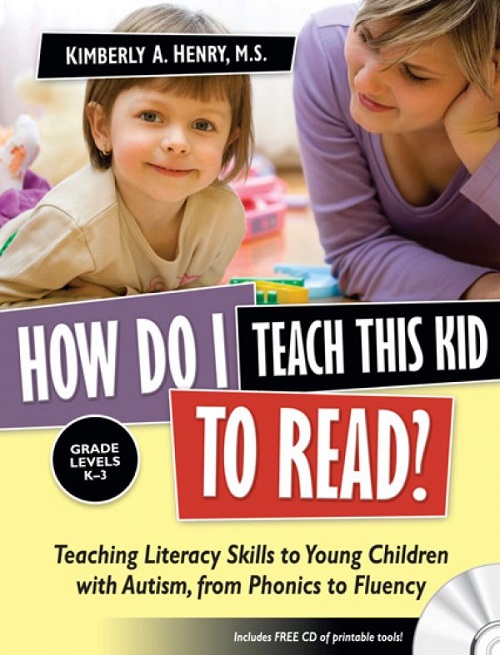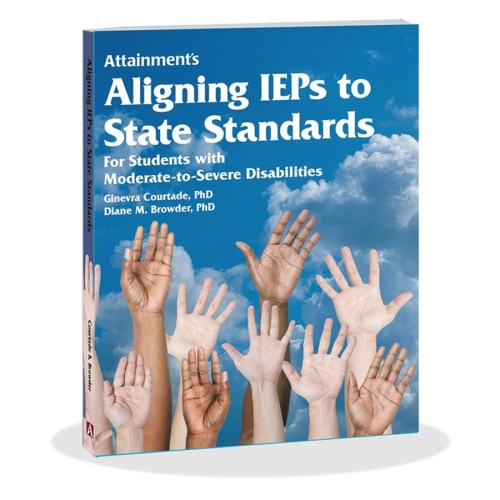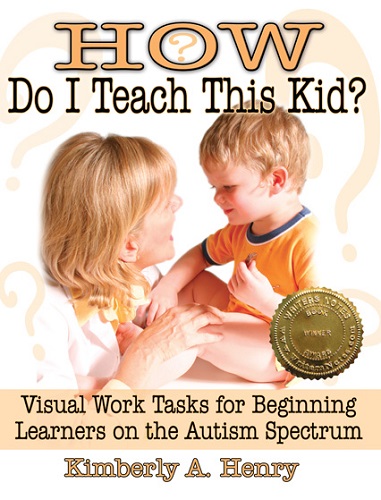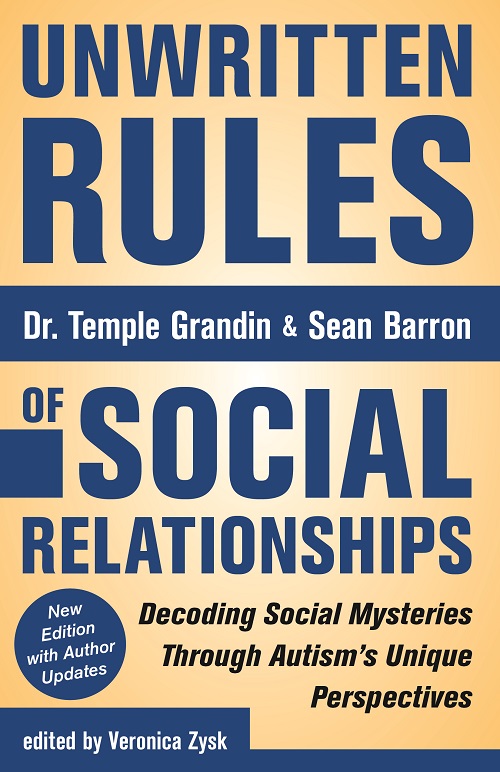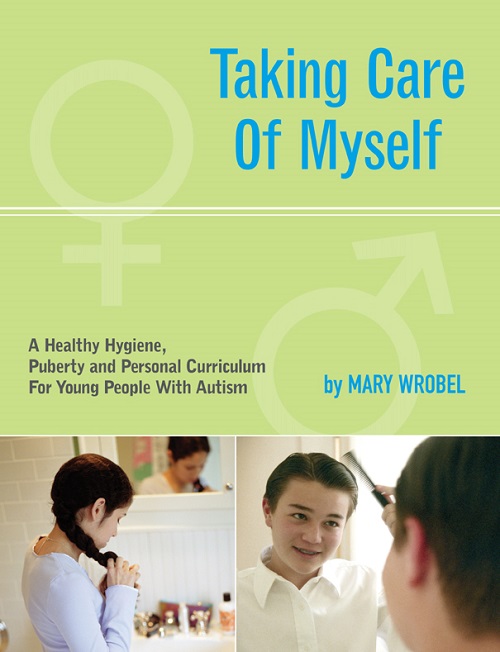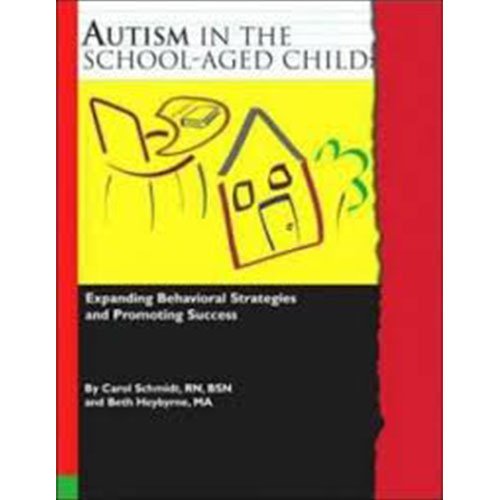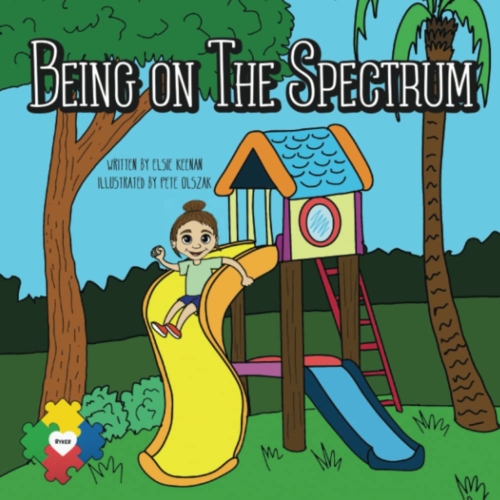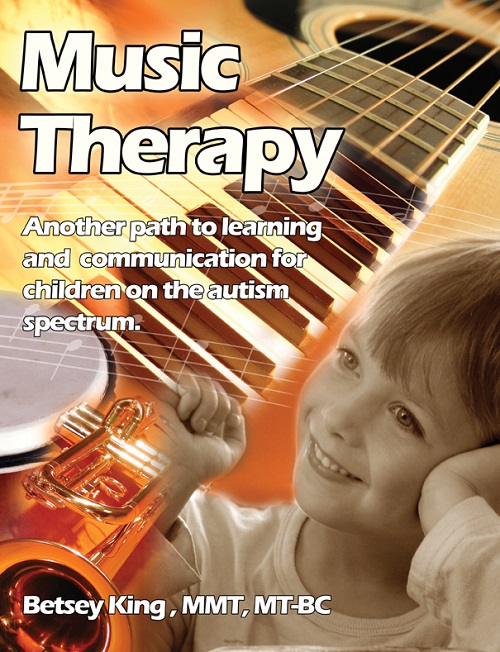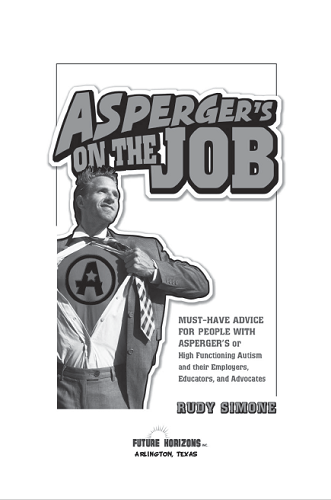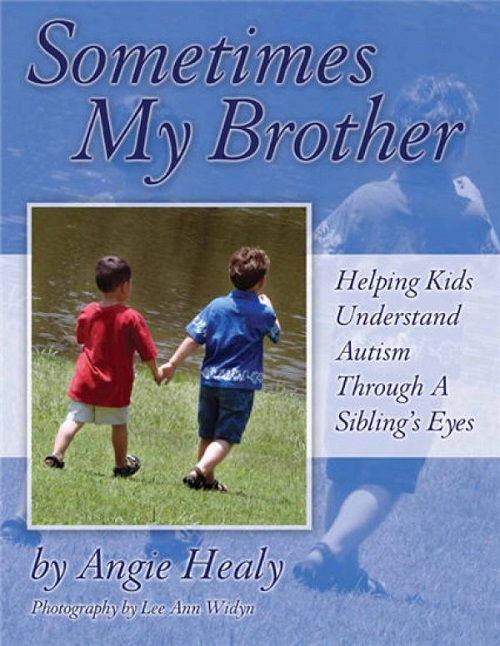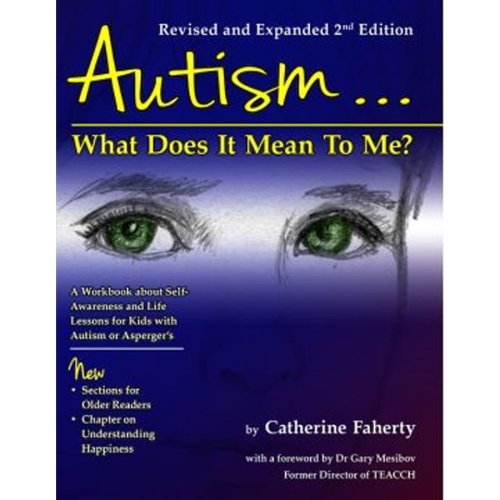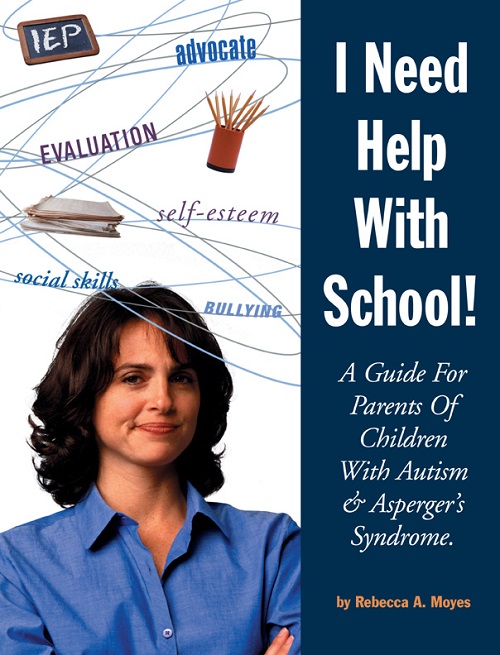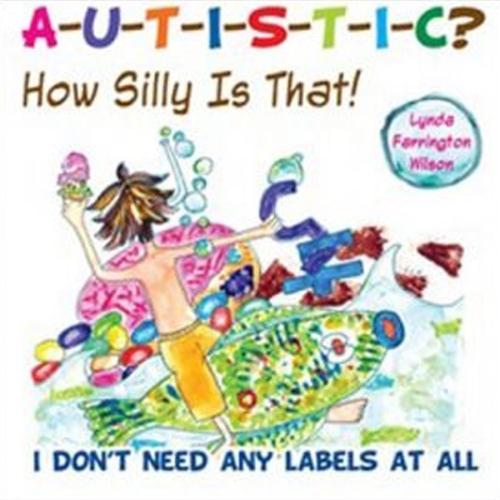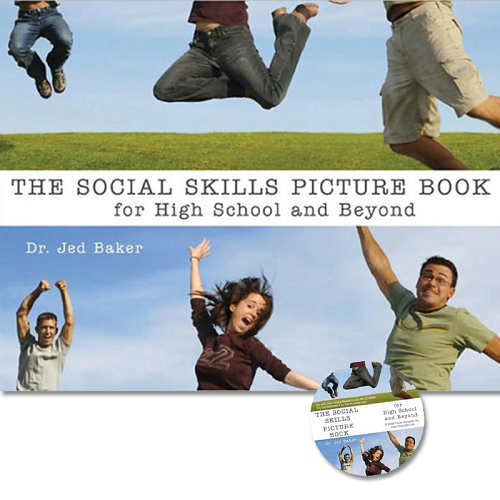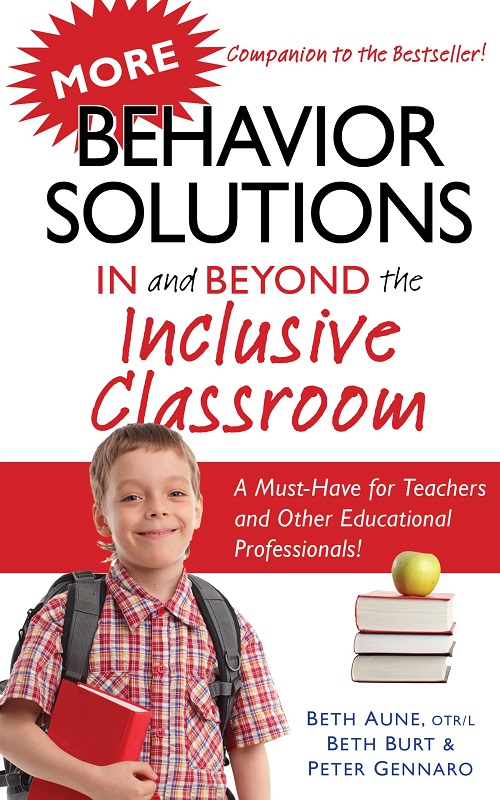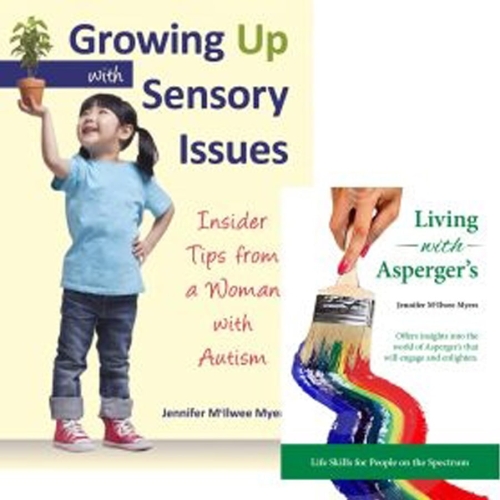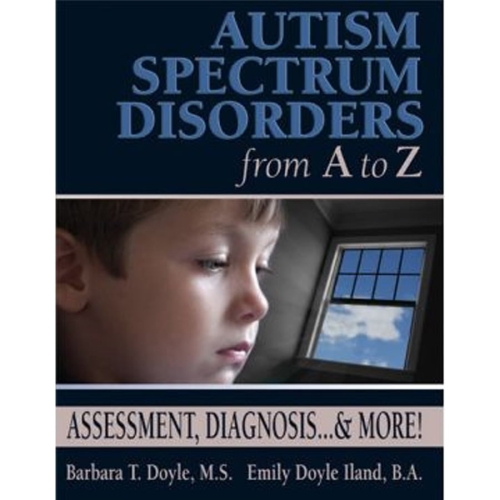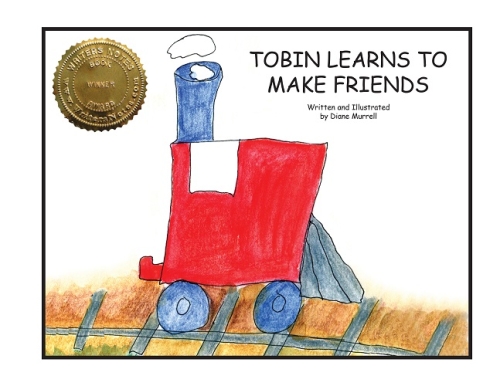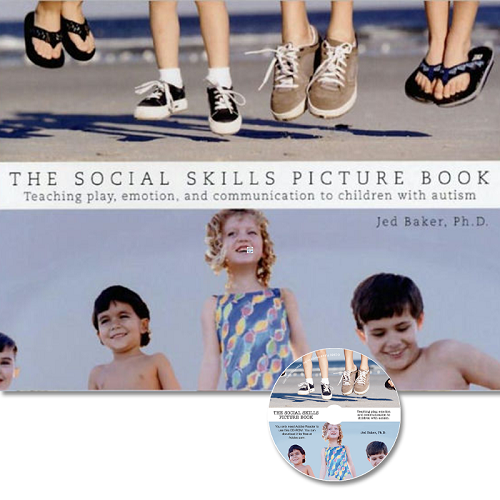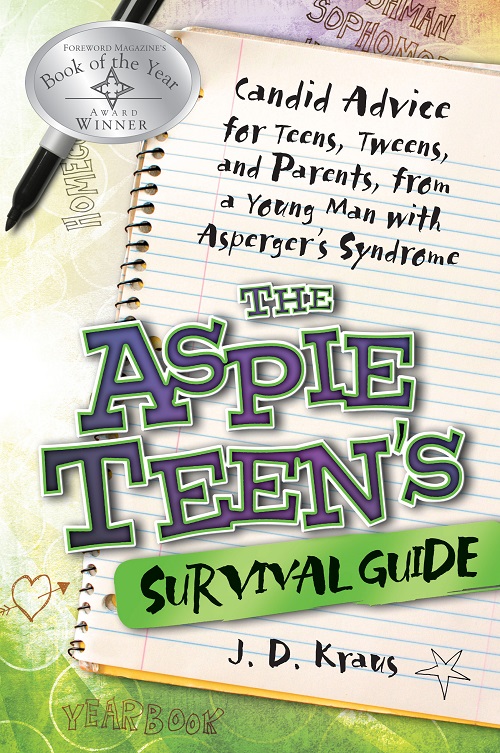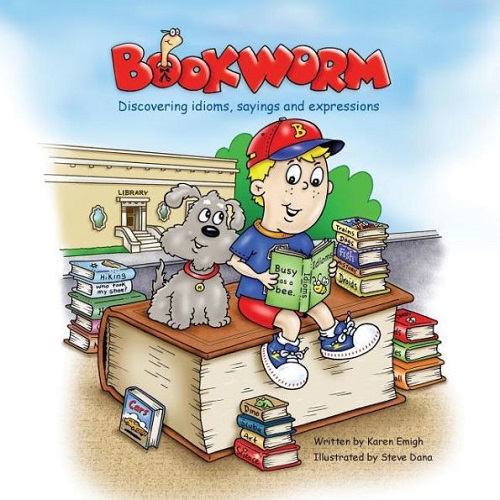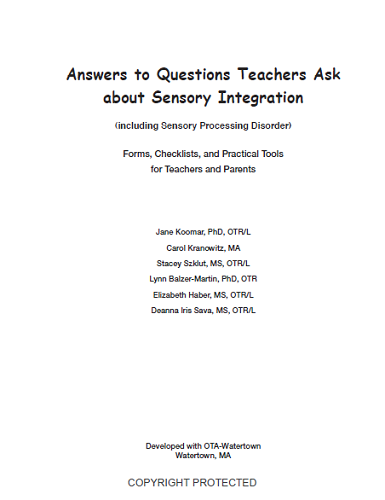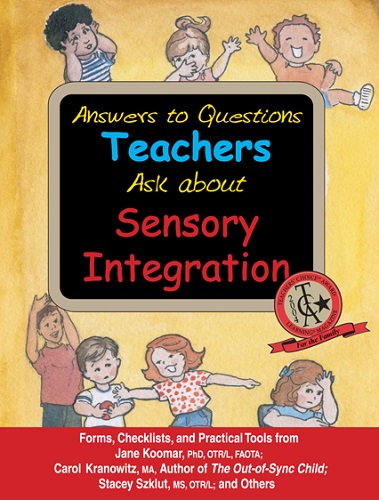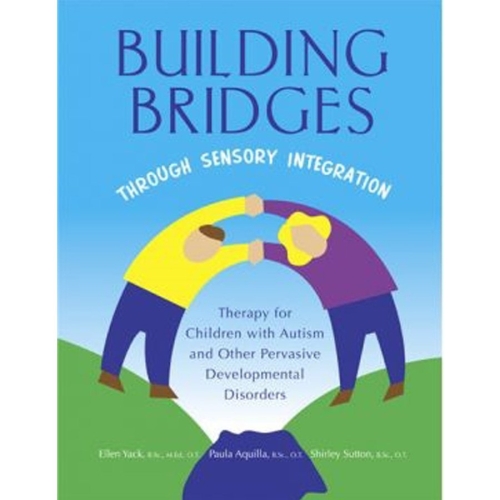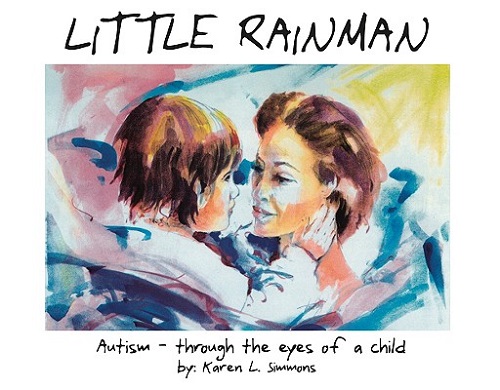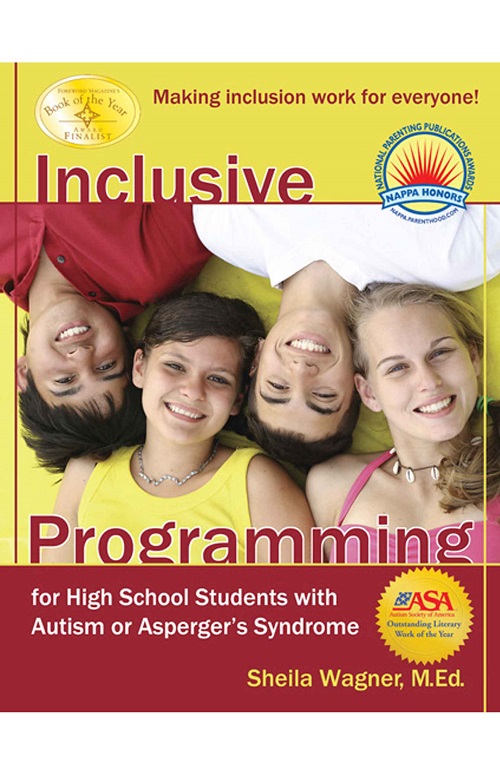Autism Books
Autism Books – Books about Autism
-
Sale!
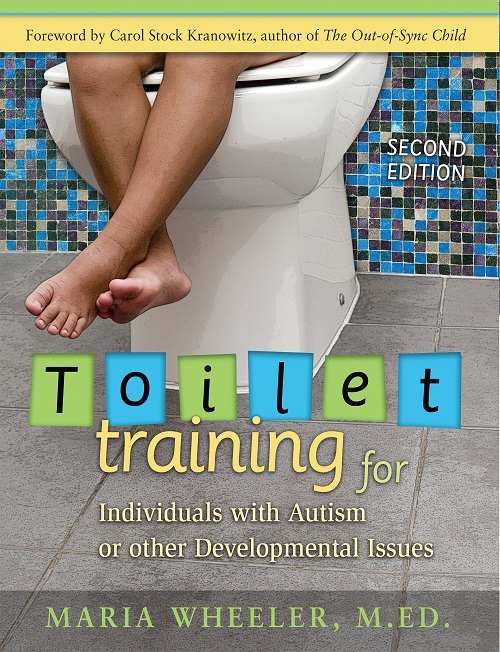 In this book, Maria Wheeler offers a detailed roadmap for success. She stresses the importance of visual cues, such as picture schedules representing the steps of the toileting routine.
In this book, Maria Wheeler offers a detailed roadmap for success. She stresses the importance of visual cues, such as picture schedules representing the steps of the toileting routine. -
Sale!
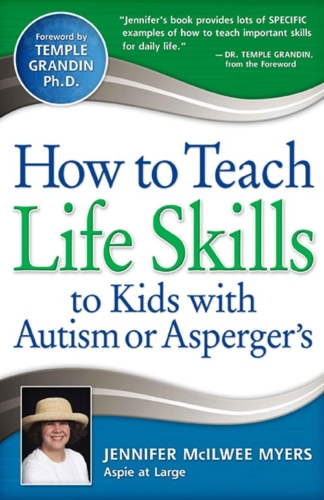 In the real world, people on the autism spectrum need the same kinds of day-to-day skills everyone else needs to be functional! It’s true. No matter how high-functioning children with autism or Asperger’s may be or may become, they function better as adults if they’ve had the chance to learn basic skills, from being on time to good personal hygiene.
In the real world, people on the autism spectrum need the same kinds of day-to-day skills everyone else needs to be functional! It’s true. No matter how high-functioning children with autism or Asperger’s may be or may become, they function better as adults if they’ve had the chance to learn basic skills, from being on time to good personal hygiene. -
Sale!
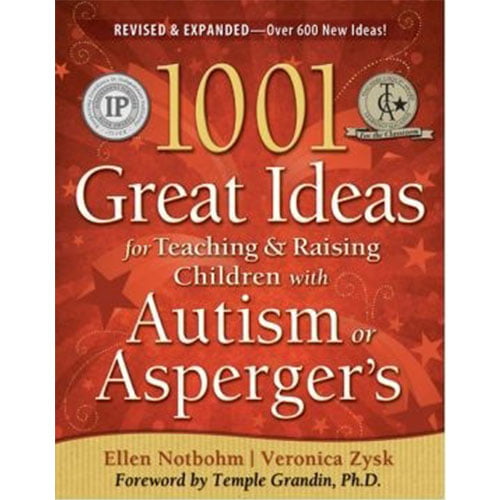 Ideas for teaching students with Autism or Asperger's
Ideas for teaching students with Autism or Asperger's -
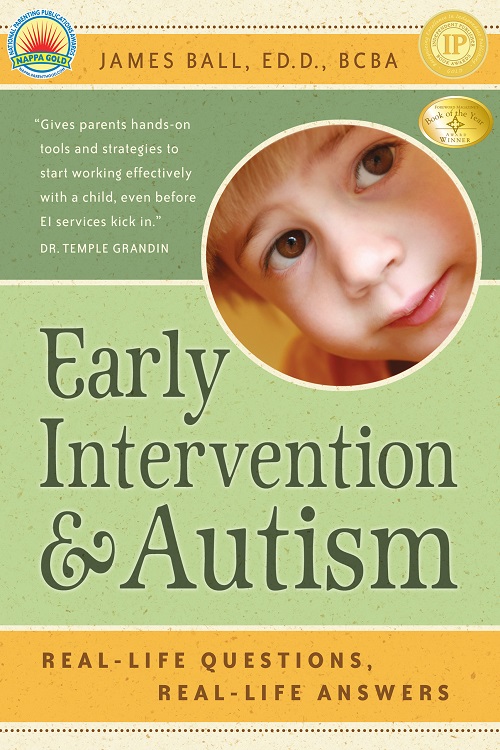 Leave behind confusing textbooks and unreliable websites. This book will guide you through your child’s early years by providing sound advice based on over twenty years of experience. In an easy-to-read, question-answer format, Dr. Jim Ball explains what makes your child tick, how to get the most out of early intervention services, and how to choose the most effective treatment options.
Leave behind confusing textbooks and unreliable websites. This book will guide you through your child’s early years by providing sound advice based on over twenty years of experience. In an easy-to-read, question-answer format, Dr. Jim Ball explains what makes your child tick, how to get the most out of early intervention services, and how to choose the most effective treatment options. -
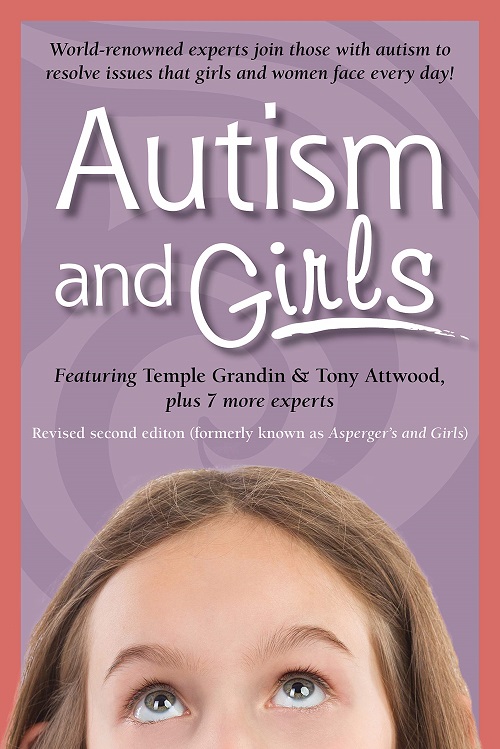 The revised and updated edition of the groundbreaking book Asperger’s and Girls describes the unique challenges of females on the autism spectrum. In it, you’ll follow the lives of women with autism through childhood, the social and academic challenges of the education system, and into the career and dating worlds.
The revised and updated edition of the groundbreaking book Asperger’s and Girls describes the unique challenges of females on the autism spectrum. In it, you’ll follow the lives of women with autism through childhood, the social and academic challenges of the education system, and into the career and dating worlds. -
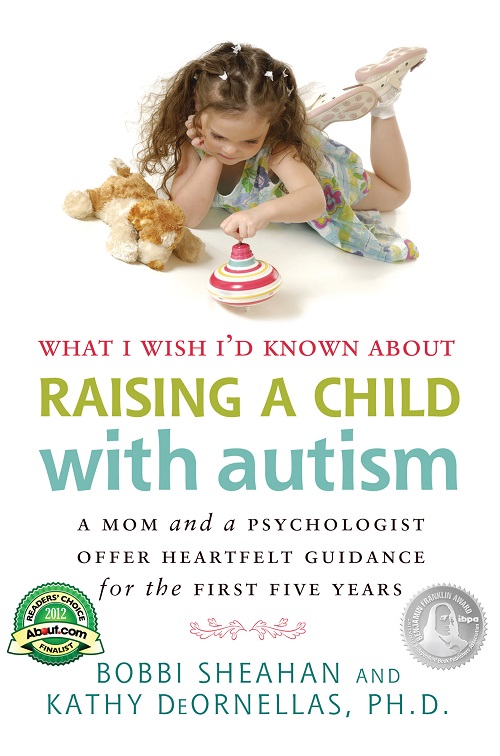 Bobbi Sheahan, mother of a child with autism, and psychologist Kathy DeOrnellas, Ph.D., did not write this book to lecture you on how to parent your child. Instead, they offer themselves as your scouts in the field, who have valuable information to share from the moment you realize your kid is different (My, what a quiet baby I have!), to the self-righteous moms on the playground, to holding your marriage together and the realm of routines.
Bobbi Sheahan, mother of a child with autism, and psychologist Kathy DeOrnellas, Ph.D., did not write this book to lecture you on how to parent your child. Instead, they offer themselves as your scouts in the field, who have valuable information to share from the moment you realize your kid is different (My, what a quiet baby I have!), to the self-righteous moms on the playground, to holding your marriage together and the realm of routines. -
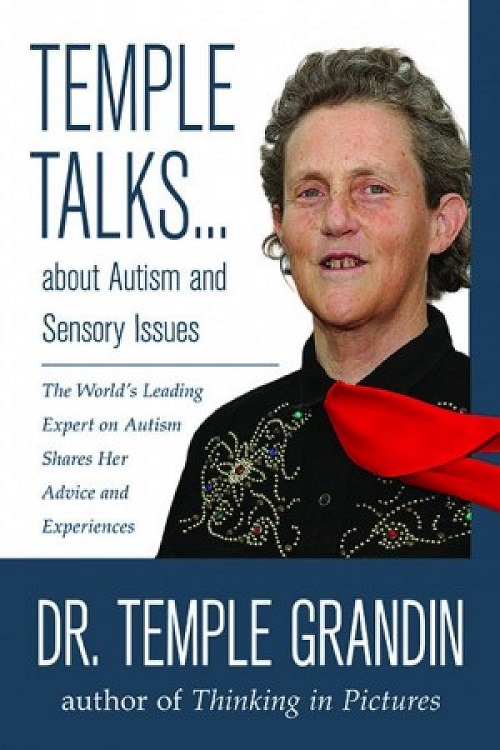 Winner of a 2015 Academic’s Choice Award, this is your pocket guide to Temple Grandin; a great introduction to her thoughts and advice on both autism and sensory issues! Dr. Temple Grandin is a doctor of animal science, a professor at Colorado State University, a best-selling author, an autism activist, and a consultant on animal behavior. She also invented the “squeeze machine,” a device to calm the sensory systems of those on the autism spectrum.
Winner of a 2015 Academic’s Choice Award, this is your pocket guide to Temple Grandin; a great introduction to her thoughts and advice on both autism and sensory issues! Dr. Temple Grandin is a doctor of animal science, a professor at Colorado State University, a best-selling author, an autism activist, and a consultant on animal behavior. She also invented the “squeeze machine,” a device to calm the sensory systems of those on the autism spectrum. -
Sale!
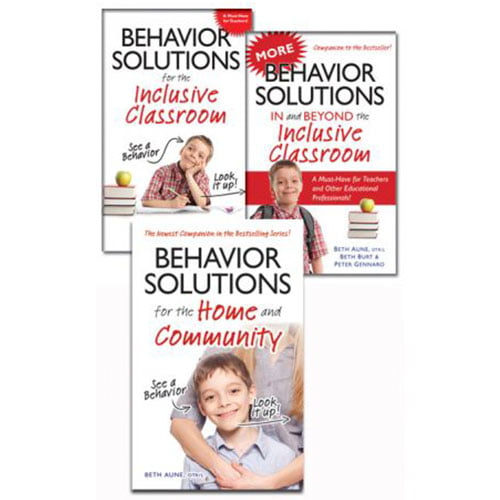 Behavioral solutions
Behavioral solutions -
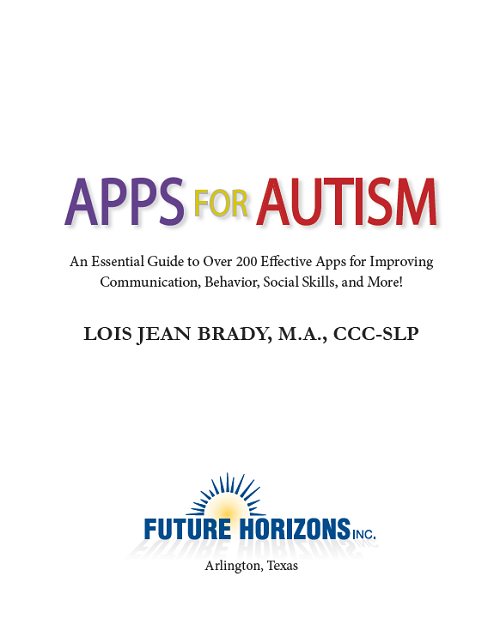
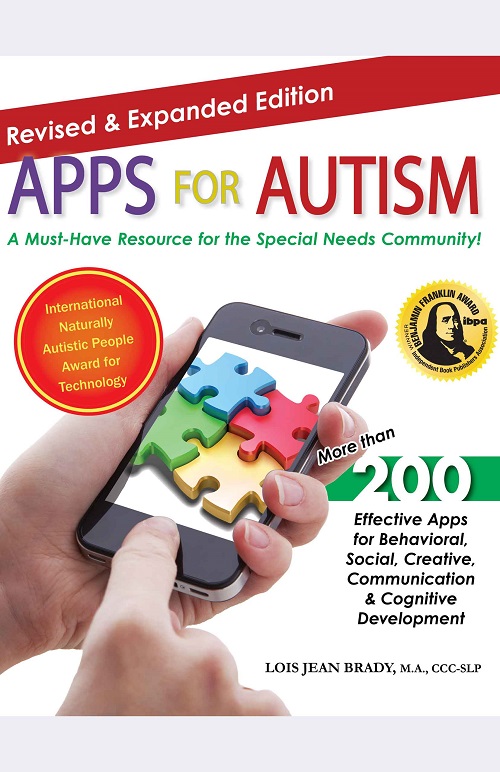 Actually, there are more than 200 apps for autism. This book will guide you through them, so you can confidently utilize today’s technology to maximize your child or student’s success! Speech Language Pathologist Lois Jean Brady wrote this book to educate parents, teachers, and other professionals about the breakthrough method she calls “iTherapy”—the use of Apple products (iPhone, iPad, iPod Touch) and various apps to meet students’ individual educational goals.
Actually, there are more than 200 apps for autism. This book will guide you through them, so you can confidently utilize today’s technology to maximize your child or student’s success! Speech Language Pathologist Lois Jean Brady wrote this book to educate parents, teachers, and other professionals about the breakthrough method she calls “iTherapy”—the use of Apple products (iPhone, iPad, iPod Touch) and various apps to meet students’ individual educational goals. -
 Arlene Maguire’s delightful rhymes combine with Sheila Bailey’s rich watercolor illustrations to take the reader on a journey of discovery. Each page portrays positive images of children with various disabilities. Winner of an iParenting Media Award and 2009 Preferred Choice Award by Creative Child Magazine, this book illustrates that beyond our physical limitations is a world of unique gifts for each of us to share.
Arlene Maguire’s delightful rhymes combine with Sheila Bailey’s rich watercolor illustrations to take the reader on a journey of discovery. Each page portrays positive images of children with various disabilities. Winner of an iParenting Media Award and 2009 Preferred Choice Award by Creative Child Magazine, this book illustrates that beyond our physical limitations is a world of unique gifts for each of us to share. -
 Brett and his dog Herman embark on a search for Brett’s mysteriously missing shoe. They playfully and methodically ask questions, such as Who took it? What happened to it? How can I find my shoe? The answers are pretty hilarious, until Brett finally asks the right one, and discovers his shoe in a most unlikely place! Although written to teach the concepts of who, what, where, why, when and how questions for children on the autism spectrum, Who Took My Shoe? will teach, entertain, and delight all youngsters.
Brett and his dog Herman embark on a search for Brett’s mysteriously missing shoe. They playfully and methodically ask questions, such as Who took it? What happened to it? How can I find my shoe? The answers are pretty hilarious, until Brett finally asks the right one, and discovers his shoe in a most unlikely place! Although written to teach the concepts of who, what, where, why, when and how questions for children on the autism spectrum, Who Took My Shoe? will teach, entertain, and delight all youngsters. -
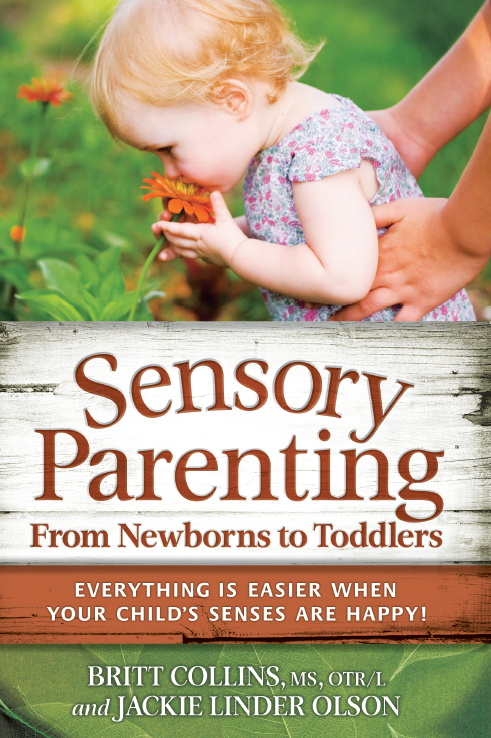 A child’s sensory system affects their ability to learn, play, socialize, and function. Maybe a child isn’t able to sit still in class because his shirt tag is bothering him, or isn’t able to play with other children because his balance is off. Maybe your child isn’t just a picky eater, it could be that his sensory system needs some special guidance and adjusting.
A child’s sensory system affects their ability to learn, play, socialize, and function. Maybe a child isn’t able to sit still in class because his shirt tag is bothering him, or isn’t able to play with other children because his balance is off. Maybe your child isn’t just a picky eater, it could be that his sensory system needs some special guidance and adjusting. -
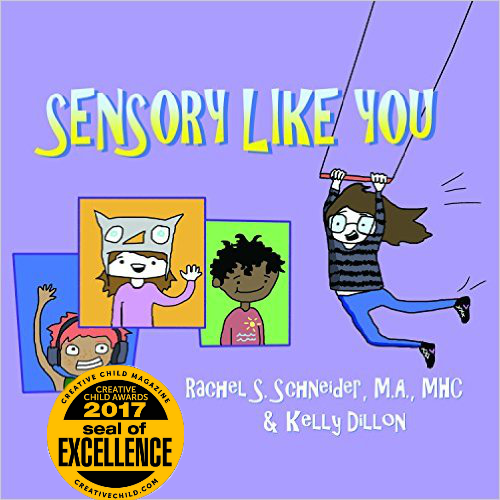 In this illustrated book for children ages six through nine, and based on the article, How One Adult With SPD Wants to Explain this Condition to Your Sensory Child , SPD adult advocates Rachel and Kelly will lead kids and their parents through the basic ins-and-outs of what it means to have Sensory Processing Disorders(SPD).
In this illustrated book for children ages six through nine, and based on the article, How One Adult With SPD Wants to Explain this Condition to Your Sensory Child , SPD adult advocates Rachel and Kelly will lead kids and their parents through the basic ins-and-outs of what it means to have Sensory Processing Disorders(SPD). -
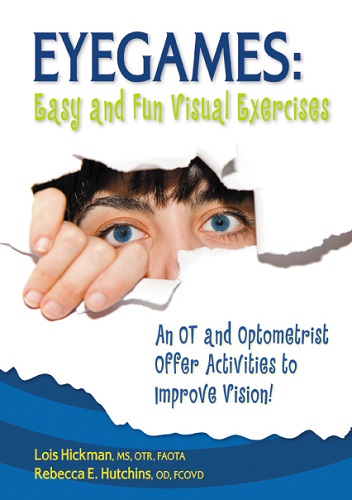 Developing healthy visual-motor abilities is more difficult in the complex stimulus of today’s world than ever before, especially for those with Autism Spectrum Disorder. Our visual experiences can be overwhelmed by the vast complexity of artificial colors and sounds which did not exist in our ancestors’ lives. Much more time is spent indoors, exposed to a myriad of unnatural colors, movement, and imagery.
Developing healthy visual-motor abilities is more difficult in the complex stimulus of today’s world than ever before, especially for those with Autism Spectrum Disorder. Our visual experiences can be overwhelmed by the vast complexity of artificial colors and sounds which did not exist in our ancestors’ lives. Much more time is spent indoors, exposed to a myriad of unnatural colors, movement, and imagery. -
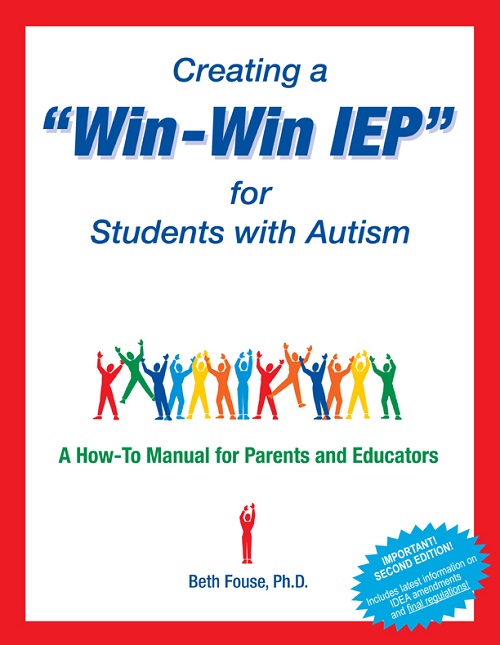 This book is a must-read for every parent or educator who participates in the IEP process. Dr. Fouse takes readers through the entire range of a “child-centered” educational process, from the initial stages of identification and diagnosis to full implementation and monitoring of the individualized education program.
This book is a must-read for every parent or educator who participates in the IEP process. Dr. Fouse takes readers through the entire range of a “child-centered” educational process, from the initial stages of identification and diagnosis to full implementation and monitoring of the individualized education program. -
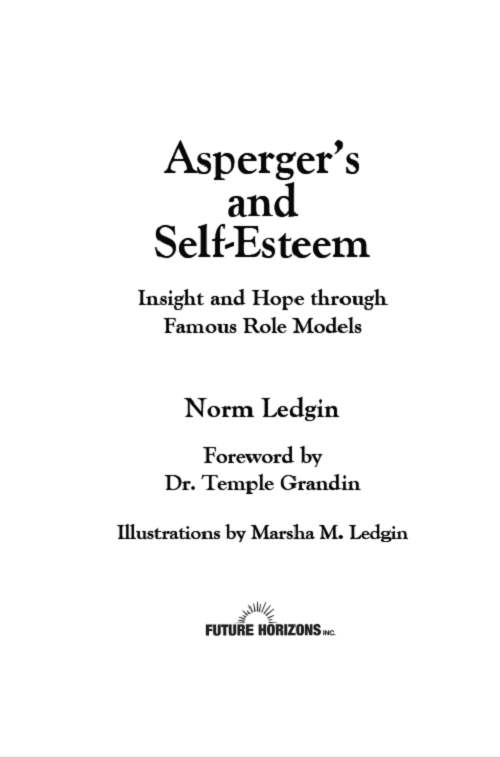
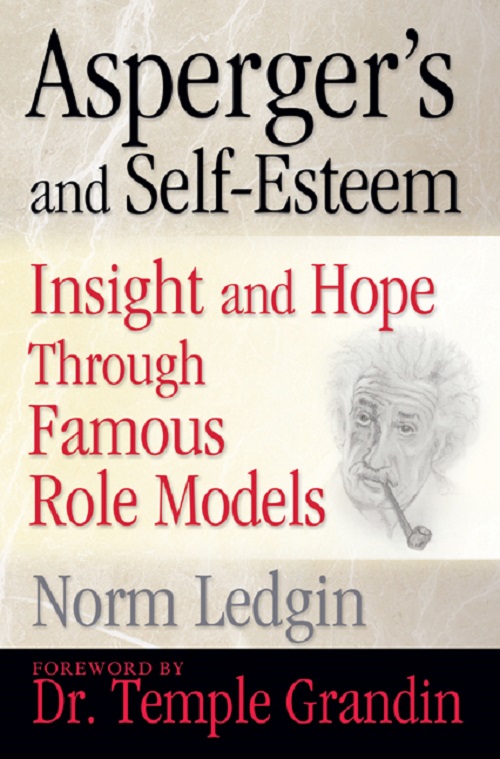 From composer Amadeus Mozart to astronomer Carl Sagan, Ledgin examines the evidence of Asperger’s Syndrome in some of history’s most famous men and women and shows how, despite their apparent challenges, each made an immeasurable contribution to the world. A great book to raise the self esteem of those with Asperger’s.
From composer Amadeus Mozart to astronomer Carl Sagan, Ledgin examines the evidence of Asperger’s Syndrome in some of history’s most famous men and women and shows how, despite their apparent challenges, each made an immeasurable contribution to the world. A great book to raise the self esteem of those with Asperger’s. -
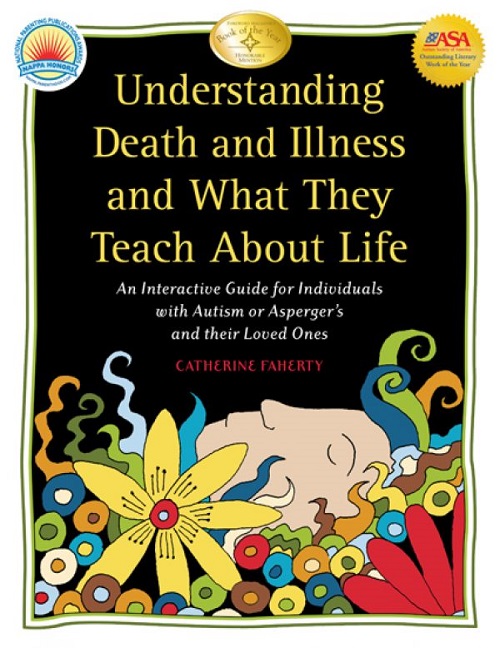 Death and illness affect every person. Witnessing the dying and death of a person or pet can leave you with many questions. In this book, author Catherine Faherty answers those questions in an autism-friendly, clear and precise way, geared for children, teens, and adults with autism. But this book is not just about death. It also demonstrates the interconnectedness of living and dying and offers simple, positive guidelines for living. Communication Forms to make it easier for the readers and their families, friends, teachers, therapists, or others to identify and respond to the unique needs of the reader.
Death and illness affect every person. Witnessing the dying and death of a person or pet can leave you with many questions. In this book, author Catherine Faherty answers those questions in an autism-friendly, clear and precise way, geared for children, teens, and adults with autism. But this book is not just about death. It also demonstrates the interconnectedness of living and dying and offers simple, positive guidelines for living. Communication Forms to make it easier for the readers and their families, friends, teachers, therapists, or others to identify and respond to the unique needs of the reader. -
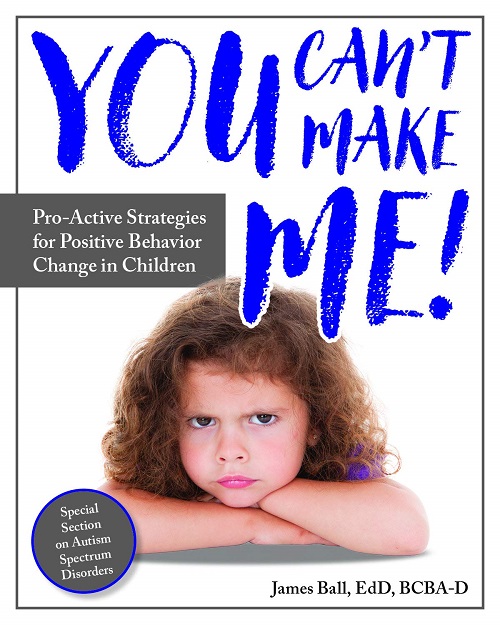 Behavior isn’t an isolated event. All behavior is communication, and when it comes to figuring out what your child is trying to say, Dr. Jim Ball has the answers. This book walks the reader through a variety of scenarios that will explore why a child may engage in a specific behavior, and help you build your “behavior-investigator” skills to develop a behavior plan that works.
Behavior isn’t an isolated event. All behavior is communication, and when it comes to figuring out what your child is trying to say, Dr. Jim Ball has the answers. This book walks the reader through a variety of scenarios that will explore why a child may engage in a specific behavior, and help you build your “behavior-investigator” skills to develop a behavior plan that works. -
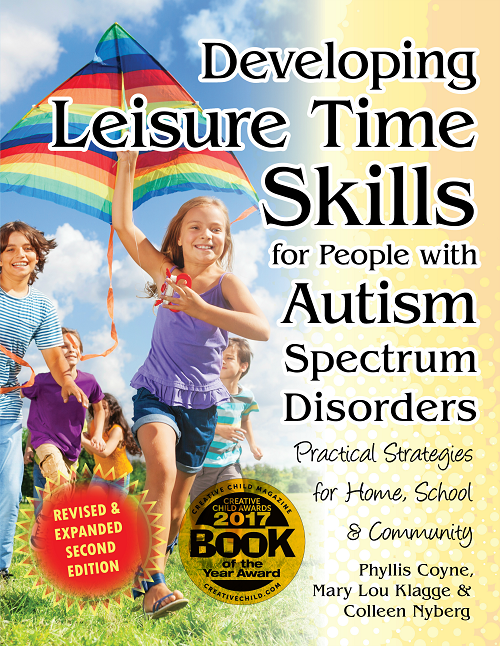 Make leisure time fun for all children and adults with autism spectrum disorders! Leisure time should be a part of the day that all look forward to enjoying, but for many it can cause anxiety and fear. This book provides comprehensive, structured strategies to introducing meaningful leisure time to ASD children and adults, which they can practice at home, school, and in the community.
Make leisure time fun for all children and adults with autism spectrum disorders! Leisure time should be a part of the day that all look forward to enjoying, but for many it can cause anxiety and fear. This book provides comprehensive, structured strategies to introducing meaningful leisure time to ASD children and adults, which they can practice at home, school, and in the community. -
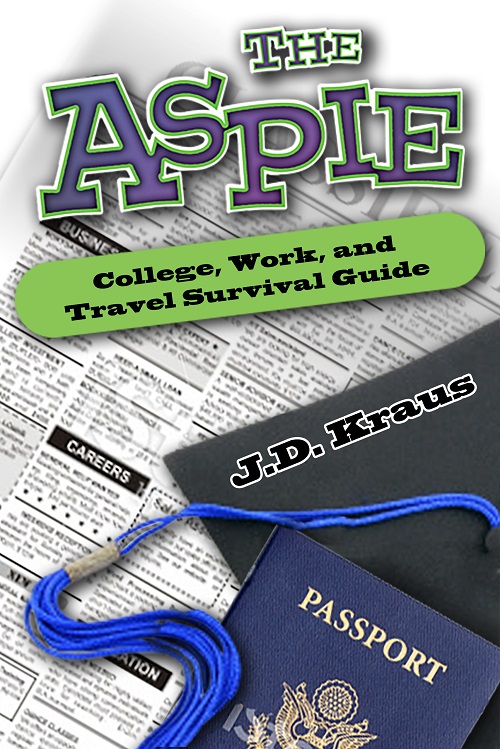 The main objective of this book is to assist young individuals with Asperger’s and Autism to overcome the big leap from high school to life outside of public education. The time right after high school can be a very frightening experience. What a person decides from this point on ultimately affects the rest of his or her life.
The main objective of this book is to assist young individuals with Asperger’s and Autism to overcome the big leap from high school to life outside of public education. The time right after high school can be a very frightening experience. What a person decides from this point on ultimately affects the rest of his or her life. -
 Many kids have some form of SPD (Sensory Processing Disorder), but who can help them overcome their daily struggles? Wait! They can help themselves! Lynda Farrington Wilson, along with Tyler and some delightful illustrations, help kids help themselves through daily life like no one has before with some great everyday tips and techniques.
Many kids have some form of SPD (Sensory Processing Disorder), but who can help them overcome their daily struggles? Wait! They can help themselves! Lynda Farrington Wilson, along with Tyler and some delightful illustrations, help kids help themselves through daily life like no one has before with some great everyday tips and techniques. -
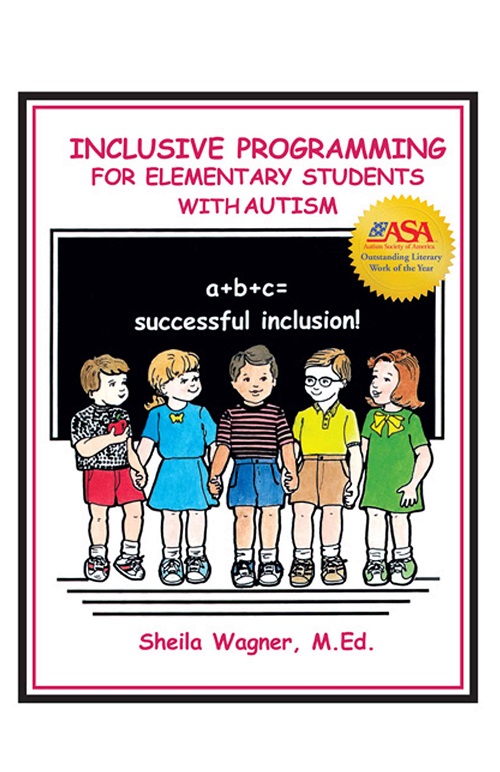 Winner of the Autism Society of America’s Literary Work of the Year Award, this first book in Sheila Wagner’s Inclusive Programming series provides an inclusion program for students with autism spectrum disorders. Teachers, parents, and students alike will benefit from Sheila’s insight and presentation as she outlines both theories and applications of inclusive programming for elementary school students.
Winner of the Autism Society of America’s Literary Work of the Year Award, this first book in Sheila Wagner’s Inclusive Programming series provides an inclusion program for students with autism spectrum disorders. Teachers, parents, and students alike will benefit from Sheila’s insight and presentation as she outlines both theories and applications of inclusive programming for elementary school students.

